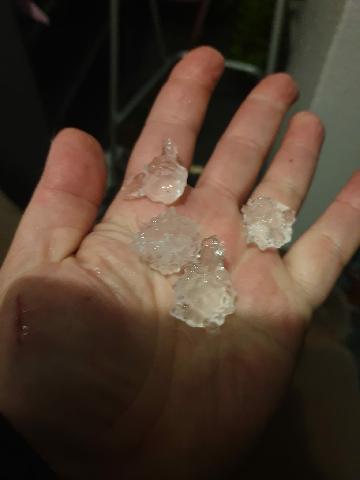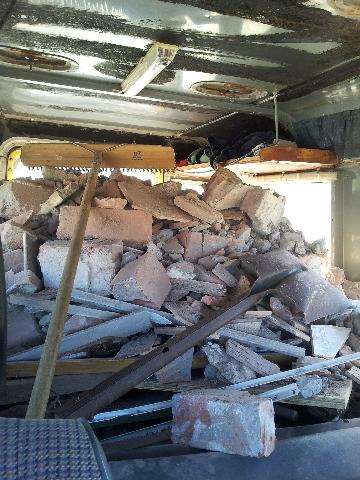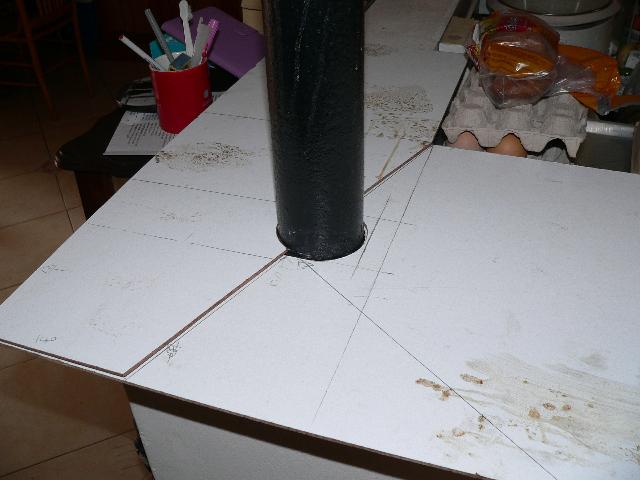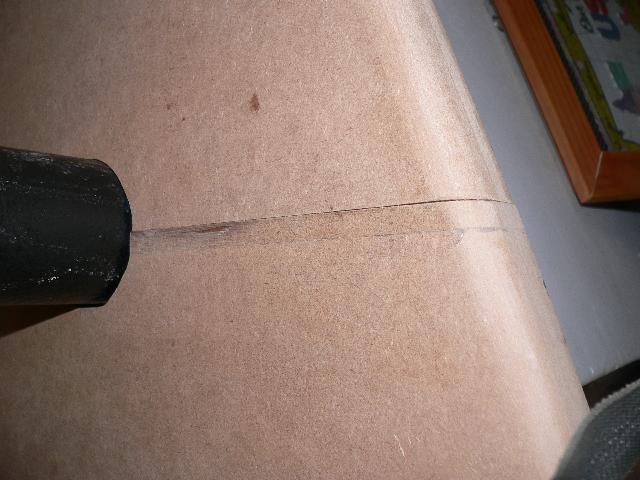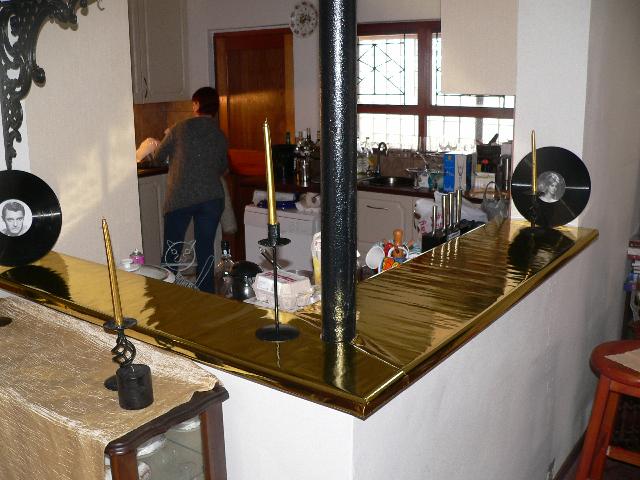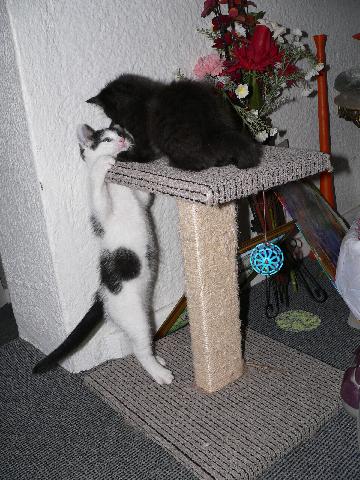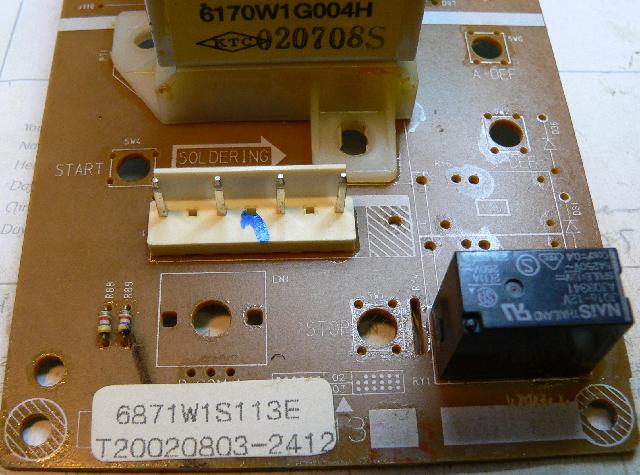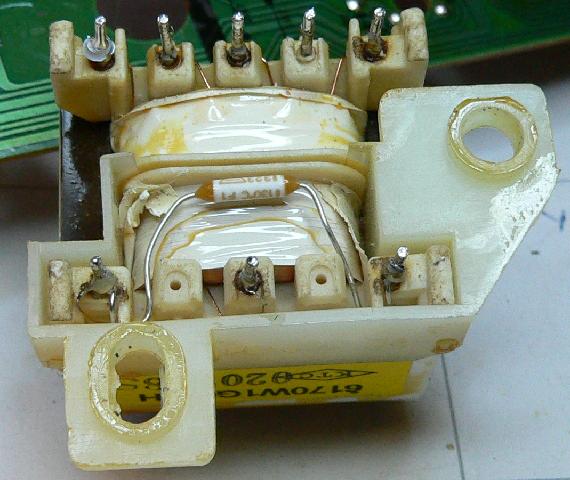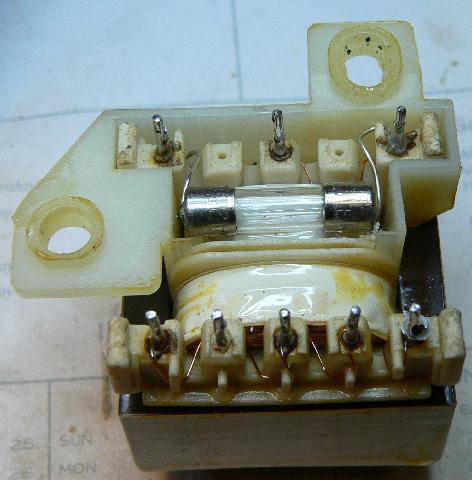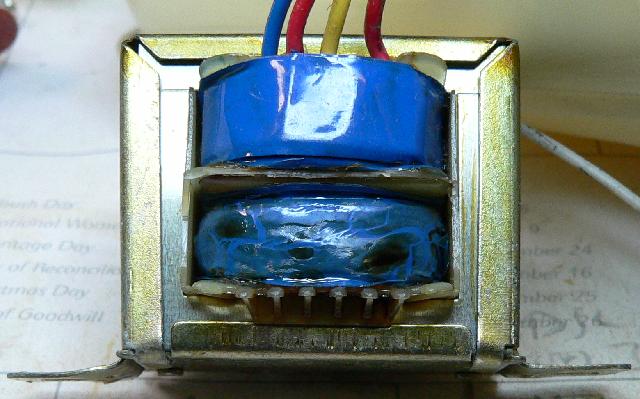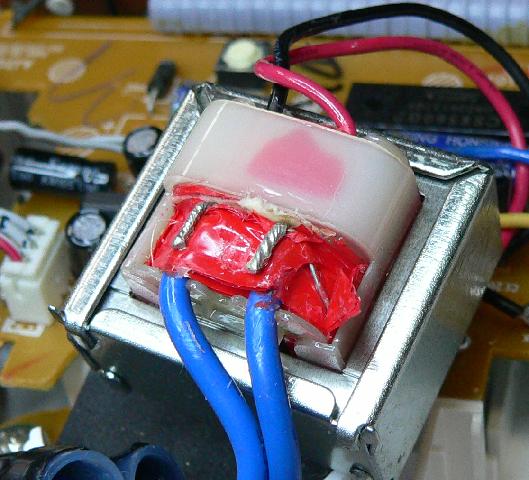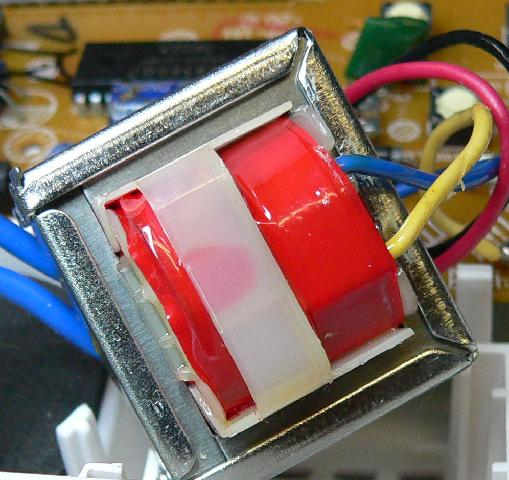So on Friday the 13th we get home to some strange effects. Turning just about anything on makes some of the lights go brighter. The fridge affects the garage lights. The geyser affects the kitchen lights…
Having a working knowledge of 3 phase power, I realise that the neutral wire has come adrift*. Check the box, all looks good. Check the outside box, nope, neutral is floating out there too.
So I unplug everything I can, phone City of Capetown, they’ll send a team. All good. We go out Friday night. We go out Saturday morning. Get back, no change.
I get on the roof, check the wire where it comes into the house. No, problem is definitely on the pole. Phone council again.
Well, they eventually pitched at around 1900 Saturday. And after some stuffing around, found the problem (where, according to them, a previous team had taped over a potential problem which then a few years later hecause a real problem).
These teams are amazing. They still had four jobs lined up tonight, fellow says they get to the depot at 2200 and home at 2300, then are back on the job at 0600. But I’m glad to say he says the pay is good.
Casualties: pretty much the little things that are permanently connected but draws little power — the microwave, two clock radios, computer speakers, the wall wart for the telephone…
* When neutral is not connected to the transformer, a load on one phase pulls neutral towards the line voltage, and in doing so pulls neutral away from the other two phases. The loaded phase falls to say 120V while the other phases go up to 300V or so (relative to neutral).


